The furnace is one of the most critical appliances in your home, and it's a good idea to make sure you know how it works before you need to use it. One question people often have is whether electric furnaces have flame sensors. Instead of you researching to answer this question, we have done so on your behalf!
Electric furnaces don't have flames sensors. The purpose of a flame sensor is to detect a flame that is lit when the gas is on. Since electric furnaces don't use gas to produce heat, they do not need flame sensors.
How different furnaces work can be confusing as there are several moving parts. For example, electric furnaces don't work the same as gas furnaces, and propane furnaces work slightly differently than them both. However, this article will focus on how flame sensors work in these different furnaces, so read on!
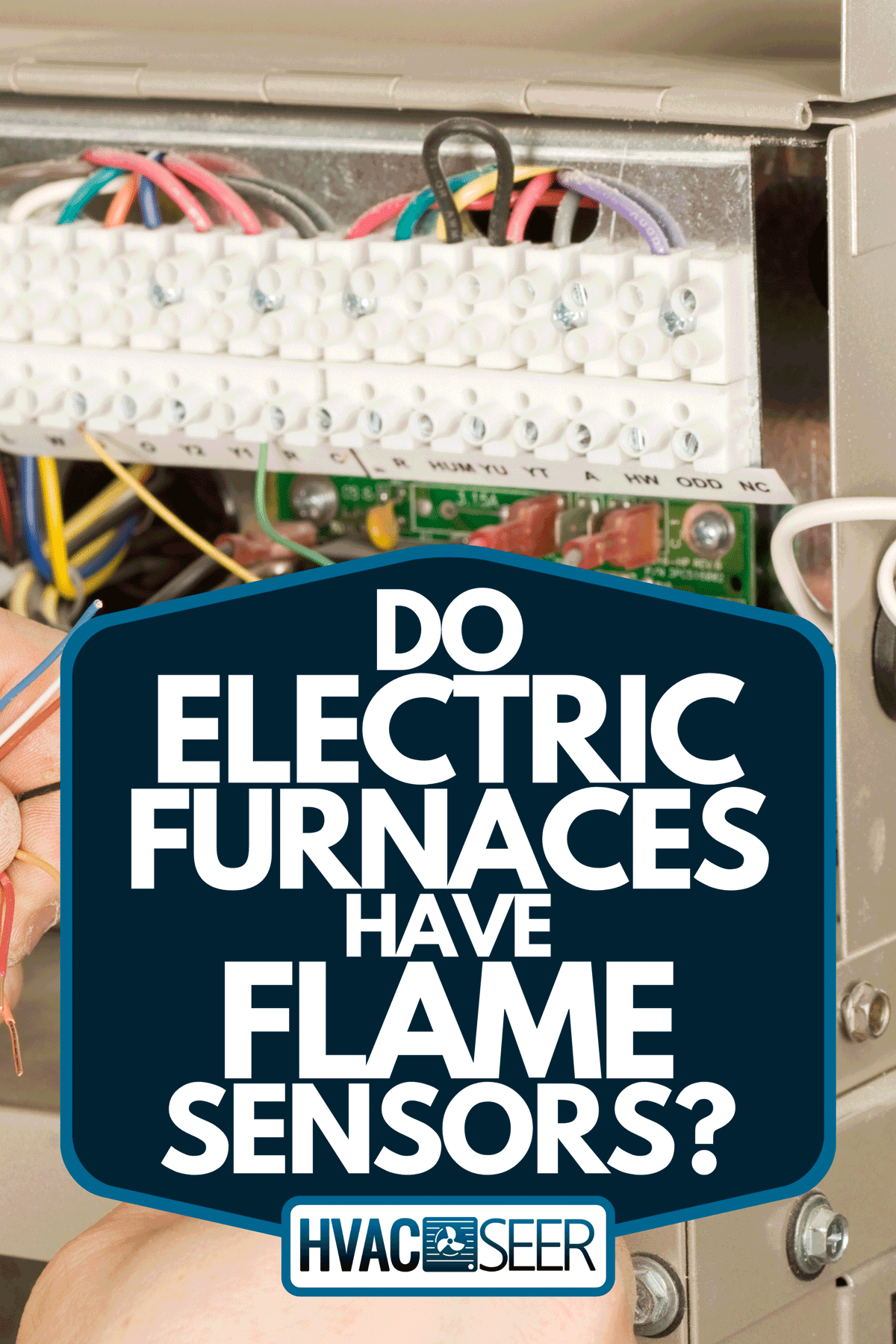
Do Electric Furnaces Have Flame Sensors?
Electric furnaces work differently from gas and propane furnaces. They do not have a flame sensor as they don't use a flame to heat your home.
Electric furnaces work similarly to a heat gun for a simple visual. They operate by using an electric motor to run a fan, which pulls air through the furnace and into your home. This heated air is then sent throughout your home via ducts that connect to vents.
Gas furnaces have a few components that can malfunction, including a flame sensor. A flame sensor automatically turns off your gas furnace if it detects that there isn't a blue flame lit when the gas valve is open. This prevents you from getting carbon monoxide poisoning by allowing propane to fill up in your home rather than using an electric or gas-powered furnace.
Propane furnaces also have flame sensors. They are very similar to gas furnace flame sensors with one exception - when the sensor in a propane furnace detects that there isn't flame lit, it will not completely turn off the system as it does with gas furnaces.
Instead, the propane will continue to flow for several minutes before the sensor detects the flame is out. This ensures that your home does not have a buildup of propane, which could be dangerous.
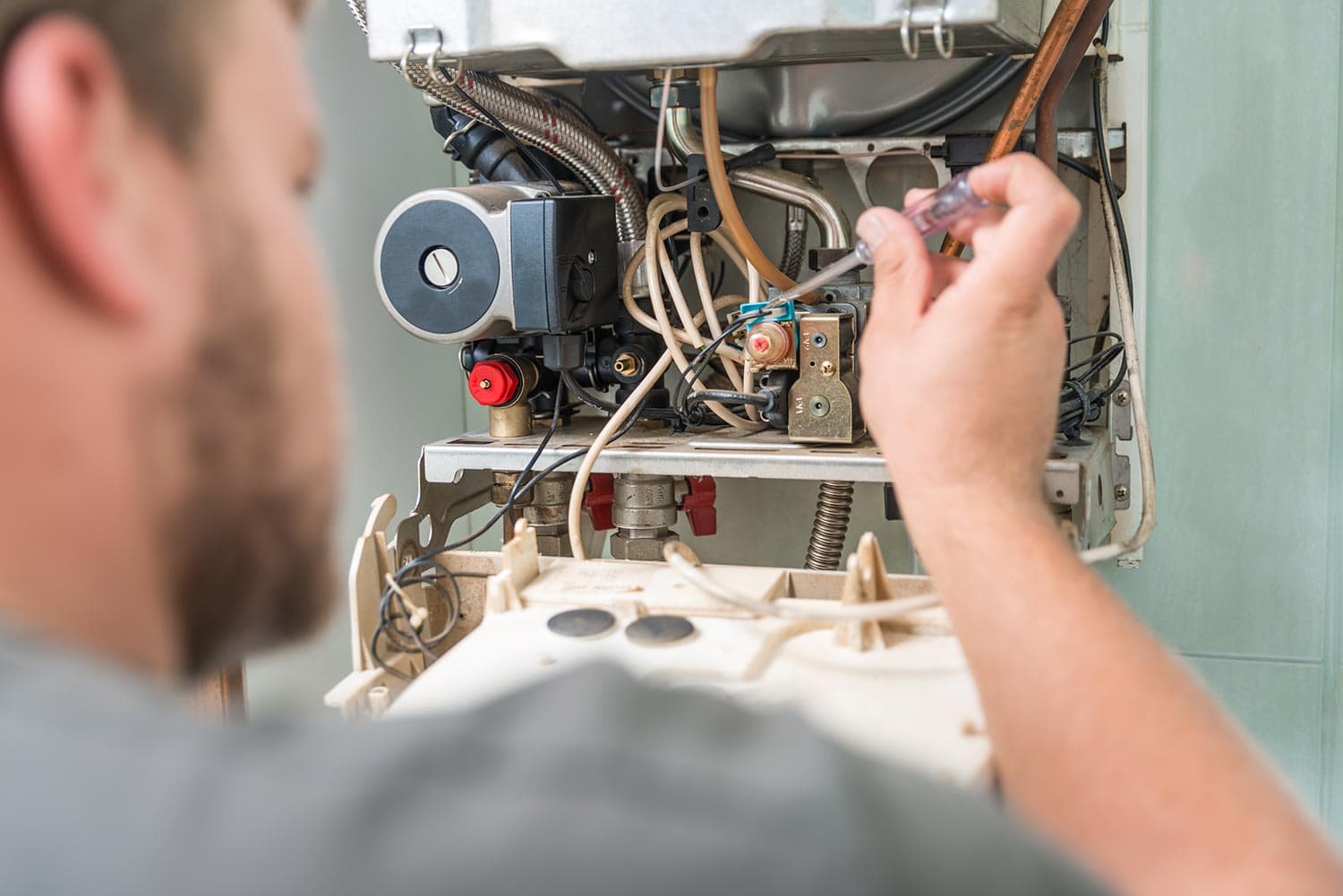
How do I know if my furnace has a flame sensor?
If you own a gas furnace, then it is likely you have a flame sensor. This is because your safety needs to have this component in your furnace. Without it, you could have gas buildup within your home.
If you have a gas or propane furnace, there are different places you can check.
Usually, the flame sensor is located in the burner assembly by the pilot light. It is a metal rod that has a slight bend to it!
You can also inspect the top of your furnace for an opening where you can see the inside. This opening looks very small or does not exist at all, then the flame sensor is likely outside of the furnace, and you should call an HVAC professional to check it.
If there is a small opening, look inside the furnace through it and see if a metal box or other components surround the flame lights. If so, this means that your propane furnace does have a flame sensor installed, and you can continue checking for the second way to check for a flame sensor.
The second way to check is by removing the front door of your furnace. Check below where the flame should be at the base of your propane furnace. If you see a black box-shaped object here, then your propane furnace has a flame sensor.
The final way to check whether or not your furnace has a flame sensor is by looking inside the flames while they are lit on the furnace. If you see a black box in flames, this means your propane furnace has a flame sensor.
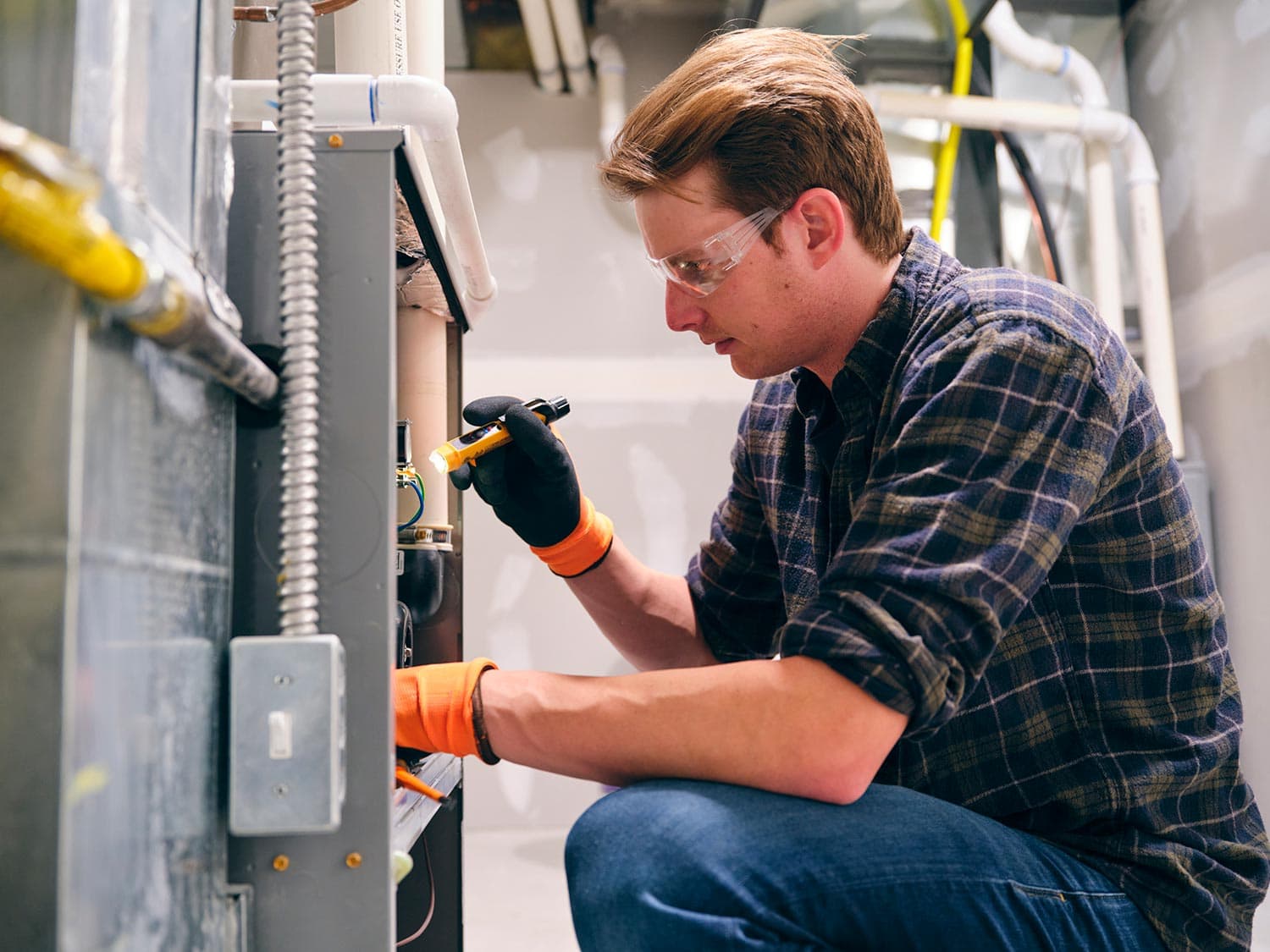
How does a flame sensor work?
All flame sensors work differently depending on the type of furnace they are in.
For propane furnaces, the flame sensor is located at the base of your furnace. When you turn it on, whether remotely or manually, infrared heat will be detected to verify a flame lit before the gas valve turns on. This prevents the gas from turning on if the flame is not lit.
For gas furnaces, the flame sensor is also located at the base of your furnace. When you turn it on, a green light will be illuminated for 30 seconds before turning off and allowing the gas valve to turn on. This allows time for any dust or debris built up around the sensor to be cleared.
Where to buy a flame sensor for a furnace?
You can buy flame sensors for your furnace at local home improvement stores or online. If you know exactly what type of furnace you have, check the product description before purchasing to ensure it matches your furnace model.
If you are not sure which type of furnace you own, call an HVAC professional. They will be able to inspect your furnace and determine whether it has a propane or gas furnace. They will also be able to install the flame sensor for you if needed.
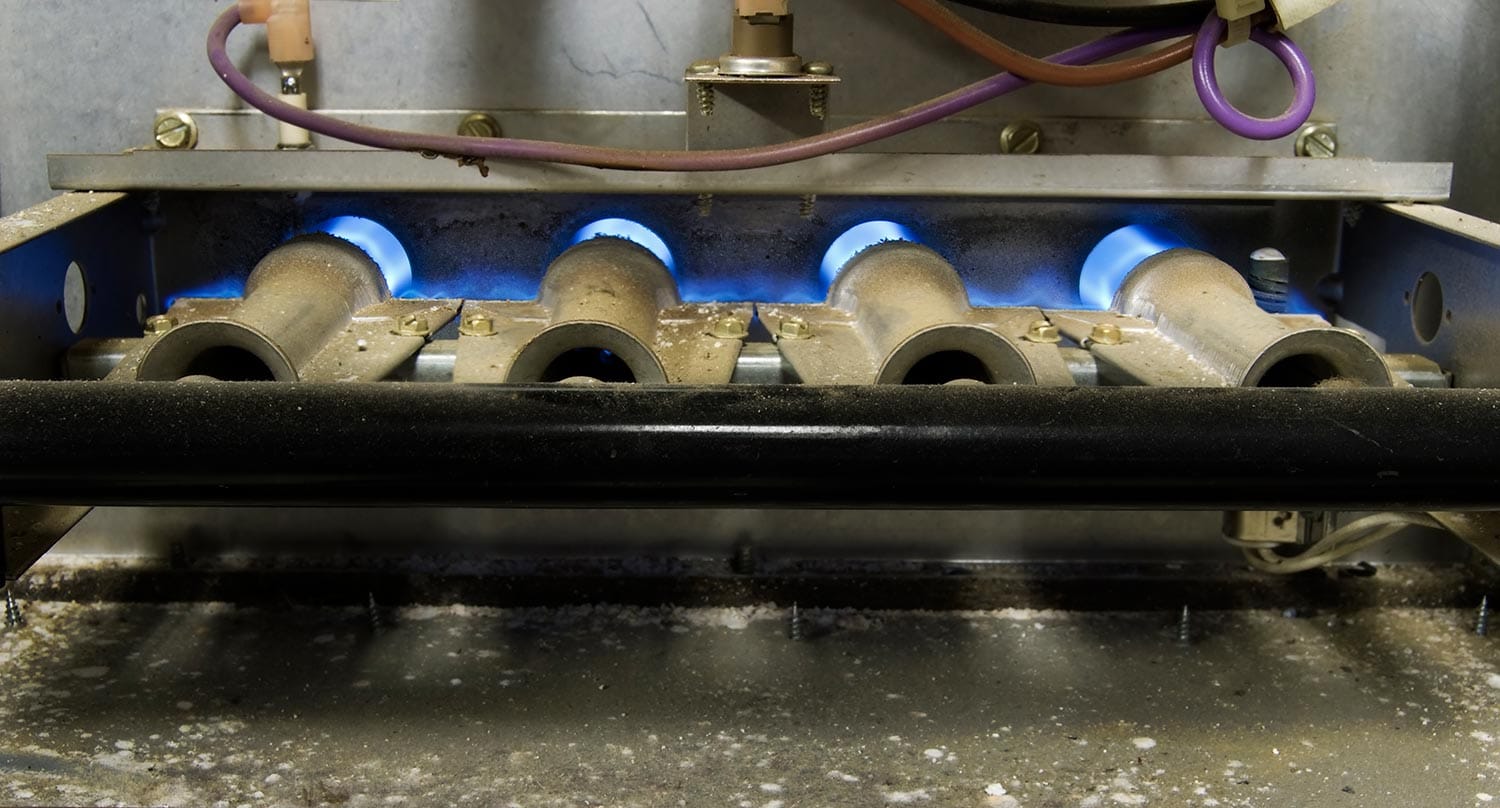
How long do furnace flame sensors last?
Furnace flame sensors can last anywhere from two to three years or longer with proper maintenance.
It is a good idea to pay attention to any malfunctions your propane furnace may have before it stops working altogether, such as flickering flame lights or no flames at all. This is important because you could be putting your loved ones at risk without a properly functioning flame sensor.
Furnace flame sensors work best when they are clean. So make your furnace is clean from dust and debris so that the infrared light can adequately detect a lit flame to keep you safe.
It is a good idea to vacuum the outside of your propane furnace at least once every two months to prevent debris from building up so that your flame sensor can stay in good working order.
How much does it cost to replace a furnace flame sensor?
Furnace flame sensors cost anywhere from $75-$500, depending on your furnace model. These costs can include the HVAC professional's travel and labor time, including the costs of parts.
It is important to note that you should never attempt to replace a furnace flame sensor without turning off the gas first. If you are not qualified or comfortable with this type of installation, then call an HVAC professional for assistance.
Benefits of an Electric Furnace
The most obvious benefit of an electric furnace is that it produces no burning waste from a gas-powered unit. In addition, many models of electric furnaces require less maintenance than their propane or gas counterparts and produce fewer emissions for a cleaner unit overall.
Another significant benefit of an electric furnace is that there is no risk of a gas leak in the home. Any gas furnace produces carbon monoxide, which is an odorless, colorless poisonous gas. You would not know you were being poisoned until it was too late without a proper working flame sensor.
Electric furnaces are also much easier to repair if needed because no gases or exhaust pipes run through the home. With propane and gas furnaces, you need to ensure everyone is out of the home and turn off the gas before attempting repair work.
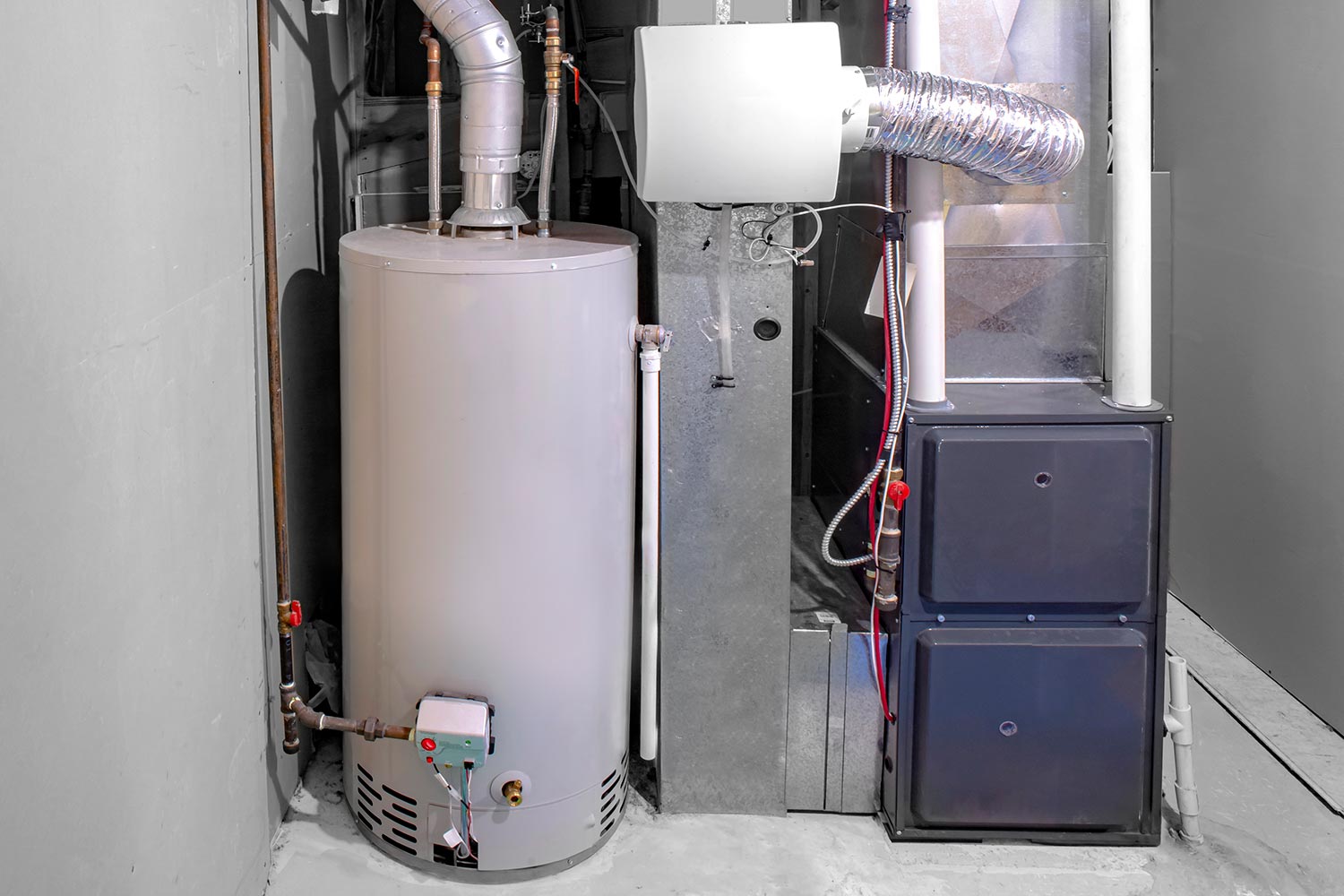
Is it cheaper to heat your house with gas or electric?
It is much cheaper to heat your house with gas than it is with electricity. If you live in a region where you have frigid cold weather, then an electric furnace is going to be quite expensive. Using a gas furnace can heat a larger area for a lot cheaper. This is important to consider when purchasing a home.
However, you should always consider all factors and information before deciding to heat your house with propane or some other heating system. For example, it would help to consider how many people live in the home, the area you are trying to heat, and any exceptional circumstances that may impact your decision.
How much does it cost to run a gas furnace?
The amount of money it costs to run a propane or gas furnace will depend on multiple factors. These include the size of your home, how many people live in your home, and what type of insulation is installed.
It is important to note that it will cost more money to heat your home if you have a large house with an older heating system. However, if you heat a smaller home with multiple layers of insulation, the furnace will heat for less money.
Final Thoughts
Now that you know what you need to do for regular maintenance and how much it could cost if something goes wrong, hopefully, having a propane or gas furnace is not deterring. However, if you are considering purchasing a new home, make sure to consider all the different costs associated with heating your house so that you can get the best deal possible.
If you want to learn more about furnaces, then check out these articles:
Do Electric Furnaces Have Filters?
